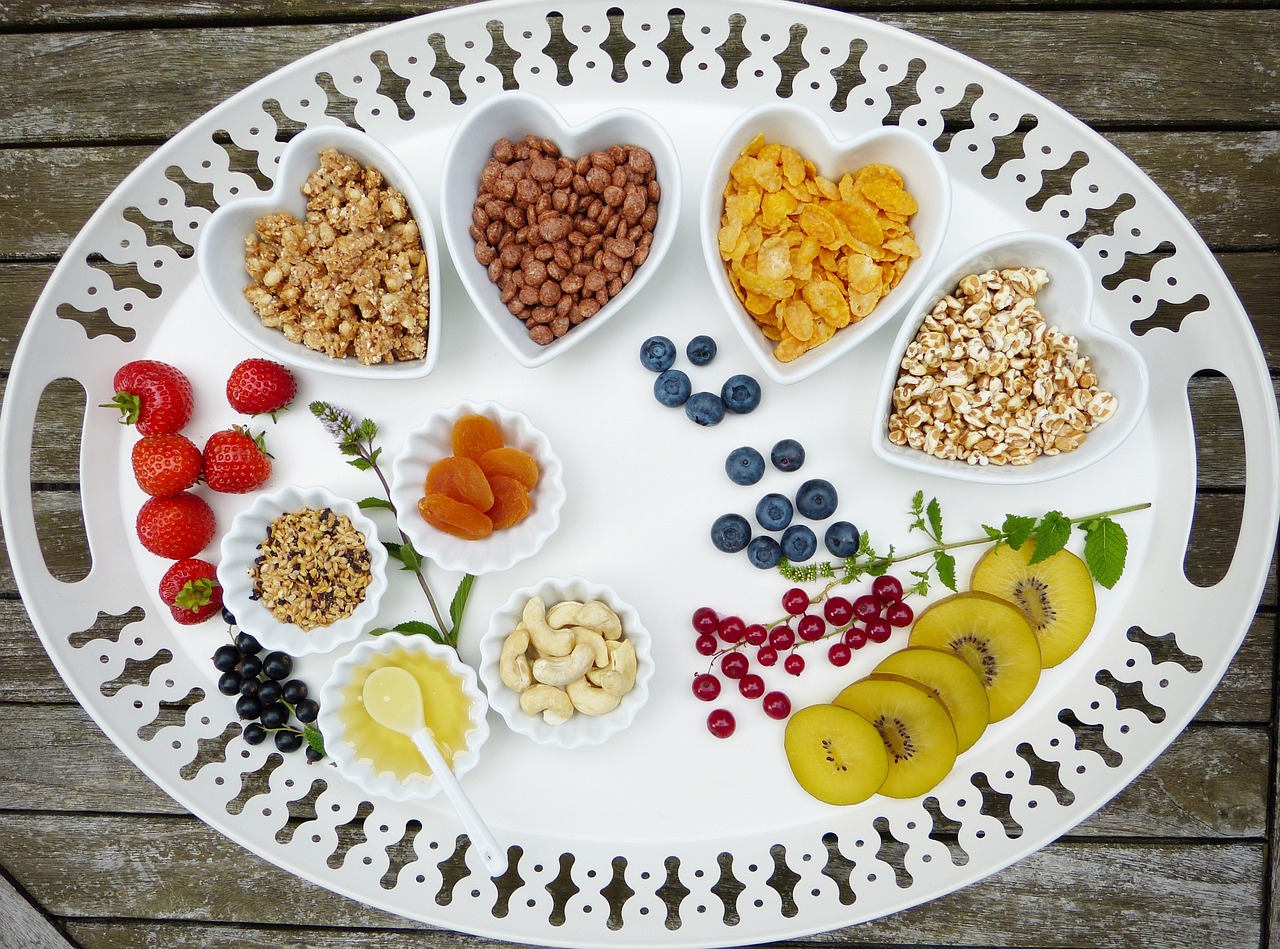“`html
Understanding macronutrients is vital for anyone looking to optimize their nutrition, achieve fitness goals, or simply lead a healthier lifestyle. These essential components of our diet—proteins, carbohydrates, and fats—serve as the building blocks of our bodies. In this blog post, we will delve into what macronutrients are, their importance, the best sources, how to balance them for optimal health, and practical tips for incorporating them into your daily diet.
What Are Macronutrients?
Macronutrients are nutrients that provide the energy necessary for our bodies to function. They are categorized into three main types:
- Proteins: These are made up of amino acids and are crucial for building and repairing tissues.
- Carbohydrates: They are the body’s primary source of energy, providing the fuel needed for physical activity and proper organ function.
- Fats: These are important for hormone regulation, nutrient absorption, and protecting organs.
The Importance of Macronutrients
Each macronutrient plays a unique and vital role in maintaining our overall health and well-being.
Benefits of Each Macronutrient
- Proteins:
- Supports muscle growth and repair.
- Helps in the production of enzymes and hormones.
- Aids in the maintenance of a healthy immune system.
- Carbohydrates:
- Quickly provides energy for high-intensity activities.
- Contains dietary fiber, which supports digestive health.
- Helps to regulate blood sugar levels.
- Fats:
- Essential for the absorption of fat-soluble vitamins A, D, E, and K.
- Provides long-lasting energy.
- Supports brain health and cognitive function.
Best Sources of Macronutrients
Incorporating a variety of foods can help ensure adequate intake of all three macronutrients. Here are some top sources:
Protein Sources
- Animal-based: chicken, turkey, fish, eggs, dairy.
- Plant-based: legumes, nuts, seeds, tofu, quinoa.
Carbohydrate Sources
- Whole grains: brown rice, oats, quinoa, whole-grain bread.
- Fruits: bananas, apples, berries, oranges.
- Vegetables: spinach, broccoli, carrots, sweet potatoes.
Fat Sources
- Healthy oils: olive oil, avocado oil, coconut oil.
- Fatty fish: salmon, mackerel, sardines.
- Nuts and seeds: almonds, walnuts, chia seeds, flaxseeds.
How to Balance Your Macronutrients
Finding the right balance of macronutrients can significantly affect your health and fitness outcomes. Here are steps to help you achieve that balance:
Calculating Your Macronutrient Needs
- Determine your total daily energy expenditure (TDEE).
- Set your dietary goals (weight loss, maintenance, or muscle gain).
- Choose a macronutrient ratio (common ratios include 40% carbs, 30% proteins, 30% fats).
Practical Tips for Balancing Macronutrients
- Include a source of protein in every meal.
- Opt for whole, unprocessed food items.
- Gradually introduce changes to your diet to avoid feeling overwhelmed.
- Use food tracking apps to monitor your intake.
Practical Examples of Macronutrient-Rich Meals
Here are some examples of meals that contain a balanced ratio of macronutrients:
- Breakfast: Scrambled eggs with spinach and whole-grain toast topped with avocado.
- Lunch: Grilled chicken salad with mixed greens, cherry tomatoes, and olive oil dressing.
- Dinner: Quinoa stir-fry with mixed vegetables and tofu.
- Snack: Greek yogurt with honey and mixed berries.
Conclusion
Macronutrients are fundamental to our health, energy levels, and overall well-being. By understanding what macronutrients are and how to incorporate a balanced diet into your lifestyle, you can take significant steps towards achieving your health and fitness goals. Remember to prioritize whole foods and adjust your macronutrient ratios according to your individual needs. This knowledge not only aids in meal planning but also empowers you to make informed dietary choices for a healthier life.
“`



